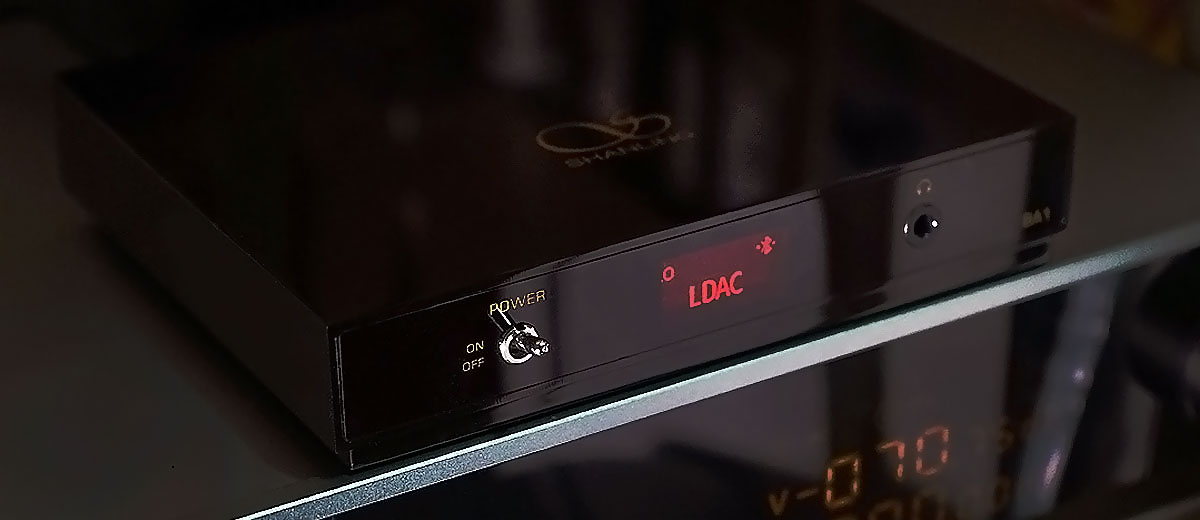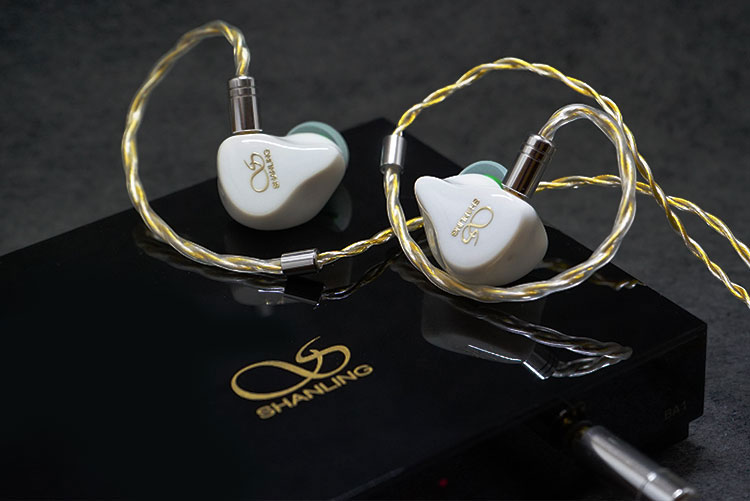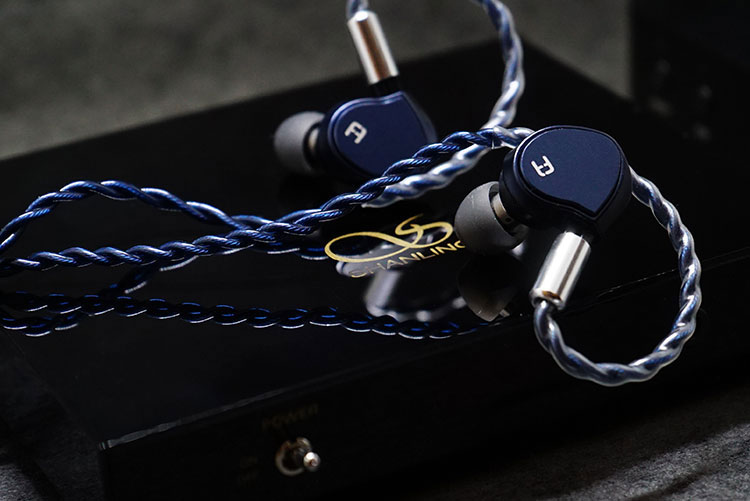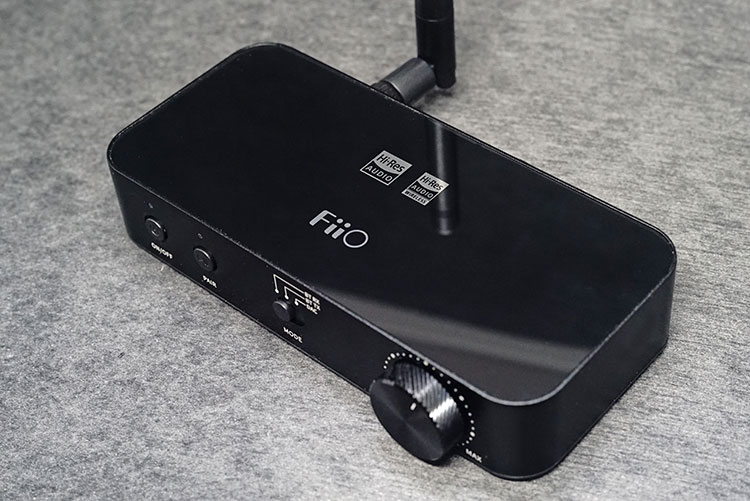Synergy
Efficiency
On both USB and Bluetooth modes faint to no hiss is detected from the output during playback. The output has great synergy with sensitive IEMs but when it comes to 32Ω loads it can also respond with good control and cleanliness. I wouldn’t push that much higher with demanding headphones.
With low impedance headphones, the vocal image may not be as defined but overall good tonal balance is maintained. There is enough headroom and resolution, with the light-paced mood rendered it works nicely for working BGM and casual listening.
Power
The output power from the BA1 is more ideal for sensitive IEMs. On high gain, the bass on Shure SE846 and Campfire’s Andromeda is firmly outlined.
However, on the harder-to-drive ME700 and Final A8000 to stress test the BA1, you can feel the lack of raw power dragging down the dynamics and smearing up the details. Despite this fact, the overall balanced output is still maintained and the output sounds clear and controlled with various IEMs tested.
You can connect to headphone amps via RCA out, which works decently with 2.0Vrms in the output. Hooking up with the Soncoz SGA1 on the RCA connection, the output sounds much more defined and dynamic than the output on the BA1, adding more texture in the mids while you can still sense the brightness and tuning from the BA1.
The phone out on the BA1 is satisfactorily balanced and resolving, and the RCA output leaves room for future upgrades or you could connect it to your speakers that have RCA inputs.
Pairings
On my iMac as USB DAC also over LDAC connection with my phone and the M3X, the output displays a clean, V-shaped signature with a moderately fast bass impact. The upper mids have some good brilliance, naturally articulated from the mids so it sounds natural and dynamic.
LDAC connection sounds engaging and detailed out-of-the-box packing in good density and control, it comes very close to USB connection when compared with the same track on Amarra using my Mac. In short, the Bluetooth connection sounds a bit hotter in the treble so a small nudge in the EQ menu could take away the spike in the sibilance zone.
The tuning on the BA1 handles small cans and higher impedance IEMs like the ME700 quite well. The V-shaped tuning highlighting the upper mids works well with dynamic IEMs like the A4000, to push out more details and sounds more resolving while maintaining decent headroom over wireless mode.
Switching to the ME700 Lite the bass impact is fast and punchy, not very deep so it helps the whole output to sound cleaner. The treble is well defined and the cymbals sound clean and bright, coloring the output exciting with small gigs and old blues.
With the FAudio Dark Sky, it sounds clean and more elaborated in the bass. The pairing achieves good speed on the low-end sounding less compressed compared to my iPhone’s output. The clean tuning also helps bring up more treble detail without making the vocals sound sharp.
Overall, the BA1 is well-tuned and sounds joyful and clean with sensitive IEMs. Resolution may struggle with higher impedance loads but the tuning is smooth and keeps it engaging to listen.
Select Comparisons
FiiO BTA30
$89.99
Technical
The USB-powered FiiO BTA30 is a very functional device that boosts your setup’s connectivity with CSR8675 and AKM AK4490 DAC. It connects to a wide range of gear with its vast selection of I/O, as well as supporting Bluetooth bi-directional transmission and receiving. You can see an antenna sticking out at the back of the device which allows it to boost connection range up to 30m.
With a volume control knob in the front panel, you can control the volume the physical way, which is pretty handy with finer steps than on the phone. While the BTA30 works both ways as a receiver and transmitter it does not feature a 3.5mm output on board, so you can’t plug in an IEM or headphone to it without another amplifier.
Design
The design on the BTA30 is very functional with plenty of switches and in/output options, while its size is similar to the BA1. The two manufacturing chooses a different approach for their Bluetooth products and you can see them specializing in different areas.
Considering the looks only, the BA1 looks more premium and the screen allows the user to know the connection status. In contrast, the BTA30 offers a transmitting function to multiple earpieces, yet it does not have a 3.5mm output for your wired IEMs and headphones.
Performance
Putting the BTA30 and BA1 with the FiiO K5 Pro to test the RCA output performance, both devices sound energetic in the upper mids.
The K5 Pro has a slightly stronger mids presence, though the treble isn’t as polished as on the BA1. If you crank up the volume, you can hear the BA1 preserving more details from the mix and the vocal images hold together with more density.
When comparing the transmitting range, the BTA30 has more advantage with an external antenna and both devices are stably connected within my living room. Considering the perceived sound quality comes quite close it may depend on the user’s actual usage scenario to decide which receiver to get.
Our Verdict
Wireless or not, the BA1 covers what you need to enjoy music from your phone and desktop computer. With chipsets technologies and codecs advancing more devices like this come onto the scene and the BA1 is so far the best looking one with unique features and smart app control.
It may not be the most powerful or resolving device at the price range but the flexible compact design and natural timbre pair well with different genres of music and moderately demanding headgear.
Shanling BA1 Technical Specifications
- Bluetooth Chip: Qualcomm CSR8675, Bluetooth 5.0
- Supports: LDAC, aptX HD, aptX LL, aptX, AAC, SBC
- Hi-Res: Up to 24 bit / 96 kHz with LDAC
- DAC/AMP: ESS Sabre ES9218P
- Outputs: 3.5mm Headphone jack, RCA Line-out, Digital Optical Out
- Output power: Headphone jack – 1.41V / RCA Line-Out – 2.0V
- SNR: – 115 dB
- Channel separation: 73dB
- USB DAC: Plug-n-play set up, up to 16/48
- Power supply: USB powered, 5V/1A. Power supply not included in the packaging.
- Dimensions: 120 x 100 x 26 mm
- Weight: 205g





